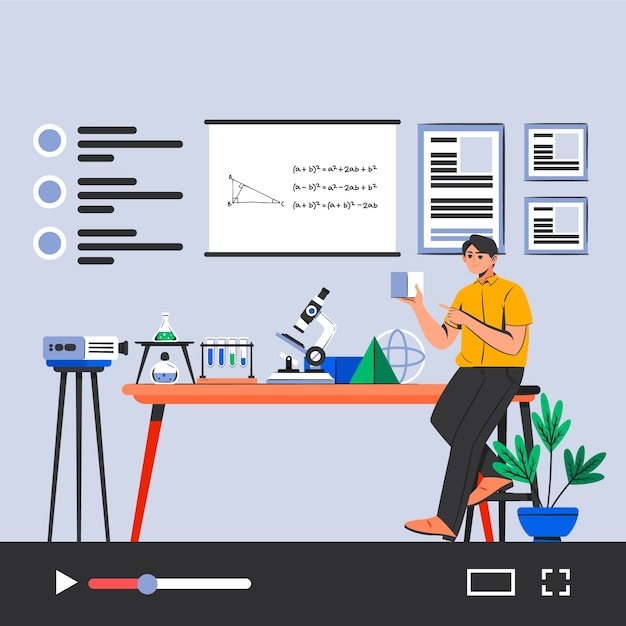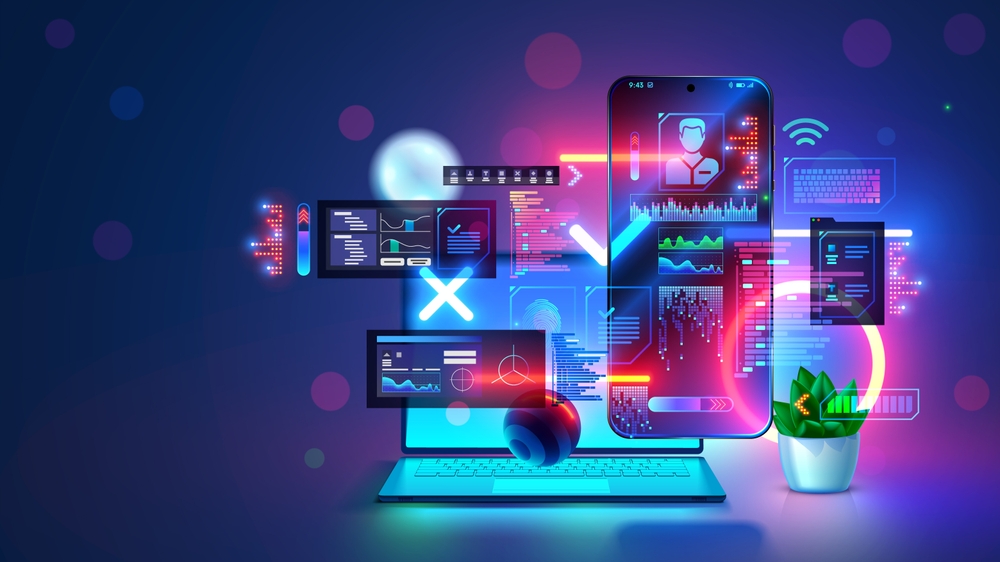E-learning is more popular than ever in today’s fast-paced digital world. With businesses, schools, and educational platforms adopting online learning environments, it’s critical to find ways to engage learners. Traditional text-based content is no longer sufficient.
Visual elements, especially motion graphics, are revolutionizing e-learning and making it more dynamic, interactive, and engaging. In this blog, we will explore how motion graphics can improve the e-learning experience and highlight five key ways they make a difference.
1. Enhanced Engagement and Focus
One of the biggest challenges in e-learning is keeping learners engaged. With distractions everywhere, especially in a remote learning environment, students or employees can easily lose focus. This is where motion graphics come in. By incorporating vibrant visuals, animated illustrations, and moving texts, e-learning modules can capture learners’ attention and keep them engaged.
Motion graphics services can transform a monotonous lesson into a visually stimulating experience. Animating key concepts or ideas helps learners stay focused longer and retain more information. Instead of reading through static slides or plain text, learners are drawn into an interactive experience that holds their attention for longer periods.
2. Simplifying Complex Information
Many e-learning courses deal with complex subjects like technology, medicine, or finance. These topics often involve intricate concepts that are difficult to grasp through text alone. Motion graphics are an ideal solution for simplifying these complex ideas and making them easier to understand.
For example, instead of explaining a complicated process step by step in a lengthy paragraph, you can create a visual breakdown using motion graphics. Motion designs can provide businesses and educators with the tools to break down difficult topics into bite-sized, visually rich content. This helps learners understand and retain complex information more effectively.
Animated infographics, flowcharts, and timelines can visually represent data and processes in a way that’s easy to follow. By translating abstract ideas into visual narratives, motion graphics help learners understand and absorb the material much faster.
3. Improved Knowledge Retention
Research shows that people are more likely to remember information that is delivered through visuals than through text alone. In fact, learners retain up to 95% of the information presented in videos, compared to just 10% when reading text. Motion graphics enhance this retention by providing learners with both visual and auditory stimuli, which help reinforce key points.
The combination of visual storytelling and animation enables learners to recall lessons more effectively. For instance, animated explainer videos created by motion graphics allow learners to revisit critical sections of the course and visualize how each concept fits into the overall lesson. This visual reinforcement ensures that learners retain knowledge long after the course is complete.
Also read : SIMPLIFY COMPLEX CONCEPTS WITH MOTION GRAPHICS DESIGN
Motion graphics are particularly effective in e-learning modules that require repetition or reinforcement, such as language learning, mathematical equations, or step-by-step processes. By incorporating animated elements that engage both visual and auditory senses, e-learning platforms can significantly improve long-term knowledge retention.
4. Boosting Motivation and Participation
Motivation is another key factor in the success of e-learning. When learners feel motivated and inspired, they are more likely to participate actively in the course and complete their assignments on time. Motion graphics services can create animations that boost motivation by making learning more enjoyable and interactive.
Interactive quizzes, animated feedback, and progress bars are just a few examples of how motion graphics can boost participation. Gamifying e-learning with animations allows learners to track their progress visually, celebrate milestones, and stay motivated to complete each module.
Incorporating motion graphics can also encourage learners to interact with the course material more frequently. By integrating animated characters or visual metaphors, learners can develop a sense of connection with the content. This keeps them engaged and motivated throughout the learning process.
5. Customization and Personalization
One of the most powerful advantages of motion graphics is their versatility and adaptability to different learning styles. E-learning platforms can use motion graphics services to tailor content to individual learners’ needs and preferences. Whether a learner is a visual learner, an auditory learner, or someone who prefers hands-on interaction, motion graphics can cater to a wide range of learning styles.
Personalization in e-learning is key to delivering effective and memorable lessons. For instance, motion graphics can help design custom tutorials or lessons based on the learner’s progress. By animating personalized feedback or creating dynamic learning paths, e-learning platforms can offer a more immersive and tailored experience for each learner.
Also read : Business News Today: Innovations Driving the Market Forward
Motion graphics can be used to adapt content for learners with disabilities. For example, text-heavy modules can be converted into animated videos with subtitles, making the material more accessible for hearing-impaired students. Similarly, visually impaired learners can benefit from the combination of voiceovers and motion graphics, ensuring an inclusive learning experience for all.
Final Thoughts
Incorporating motion graphics into e-learning is not just a trend; it’s a game-changer in the educational landscape. By enhancing engagement, simplifying complex topics, improving knowledge retention, boosting motivation, and offering personalization, motion designs have the power to transform the learning experience for students of all ages.
Motion graphics make e-learning more interactive, visually appealing, and effective. As education continues to evolve in the digital age, motion graphics will play an increasingly important role in shaping how knowledge is delivered and absorbed. Whether you’re an educator, a business, or a training platform, investing in high-quality motion graphics services can significantly improve the impact and success of your e-learning initiatives.
By utilizing these five key strategies, you can enhance the overall e-learning experience and provide learners with the tools they need to succeed in a visually driven world.




One thought on “5 Ways Motion Graphics Can Improvised E-Learning Experience?”